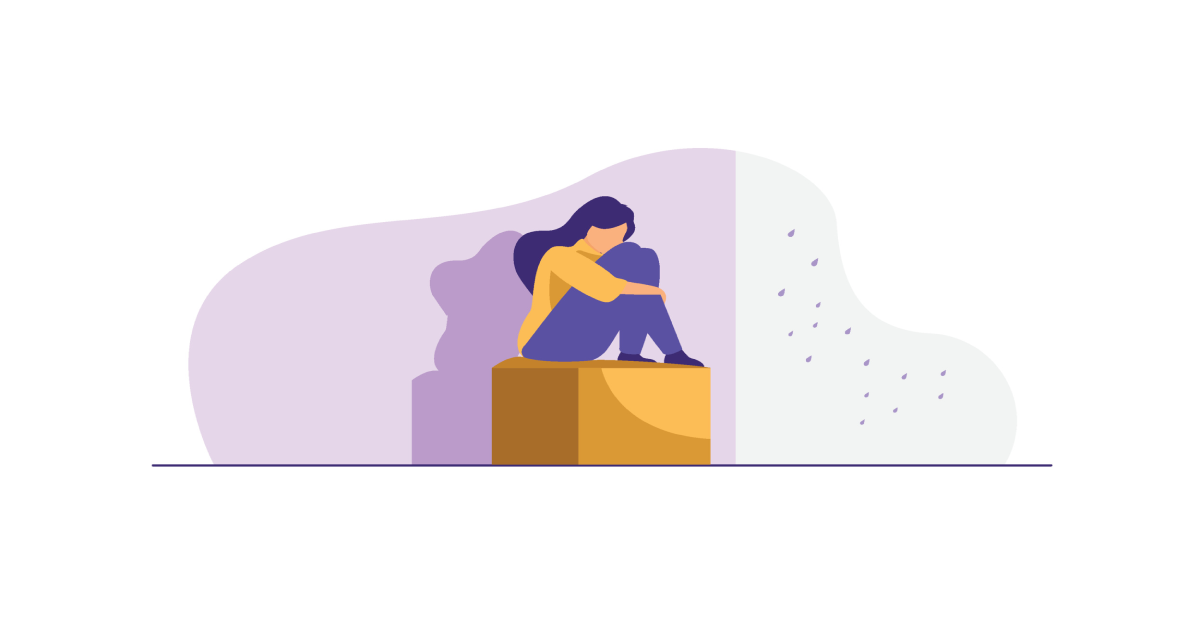
Using the Census to explore the ongoing loneliness epidemic
In case you haven't seen yourself, just this week the United States Surgeon General released a comprehensive report regarding the ongoing epidemic of loneliness found in the United States. It's been a point of discussion for decades now, preceding the pandemic but accelerated by it because of stay-at-home mandates and work-from-home opportunities.
While the United States Census Bureau doesn't have a survey dedicated specifically to the topic of loneliness, there are other surveys - such as the Household Pulse Survey - that can help to illuminate what exactly is going on and how widespread it is to be considered at epidemic levels.
For starters, referring to the Surgeon General's own report:
You can see all the different trends that the report outlined, including the quoted above and even more:

So, what is reported to be the biggest influences on this crisis?
As stated before, this is a trend that has been on the rise since before the pandemic. According to the Surgeon General's report, "The percentage of Americans living alone has also increased decade-to-decade." Single-person homes became more prominent, a sign that was announced by the Census back in 2012. One interesting note is the changing of generations such as the transition from Baby Boomers to the current Millennials (we didn't forget you, Gen X), and in 2019, "According to population estimates from the US Census Bureau... Millennials have surpassed Baby Boomers as the nation's largest living adult generation." As such, it's unsurprising that generational demographic changes would allow for household composition to evolve.
Now, the interesting thing explored in this passage of the report is the difference between an in-person social organization (the aforementioned religious groups, clubs, and labor unions) and an online social organization. As human beings are inherently social, there is an importance to real-life interactions as opposed to having those experiences entirely replaced by technological communications. This is something that became more prominent in the 21st century and finally accelerated by the pandemic, where "The percentage of people working from home more than tripled from 2019 to 2021" among other changes to our social dynamics.
So that finally brings us back to something we mentioned at the top of the article: The Household Pulse Survey. The U.S. Census Bureau released an analysis in 2021 pertaining to what the Pulse had to say about the mental well-being of the demographics we've been discussing - individuals generally in the age ranges of 18 to 29 and 30 to 44 - particularly during the pandemic. While this is focused on that period of time, its elements are still recurring as fallout from the social isolation of the period is still wearing off. On top of that, there is still the diversity of personal experience with stress such as the difference between front-line workers who experience greater mental turmoil vs. people working from home who experience their own sense of isolation.
All of this compounds into the advice given at the end of the Surgeon General's report where they say what the individuals can do, and all of them are well reasoned and good intentioned, but ultimately difficult with a lot of the specific issues that people reported in the Census and other surveys are saying. Countless people understand "The power of social connection and the consequences of social disconnection" and to "Make time for civic engagement" but have difficulty satisfying these needs when "Four in ten adults said it has been somewhat or very difficult to cover usual household expenses".
For anyone for which the advice outlined rings true and meaningful, that is the most important thing. However, it also speaks to the greater need for stronger infrastructural, social, and economic support so that socialization is an easily attainable goal for the most affected demographics.
Header image sourced with permission from Vinh Phan.
This September marks the third annual campaign to raise disaster readiness and response education
A look at the Census Bureau's newest developments on the next decennial census